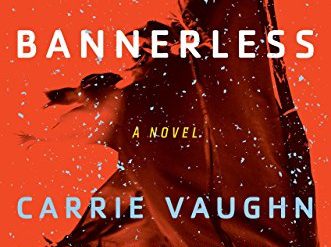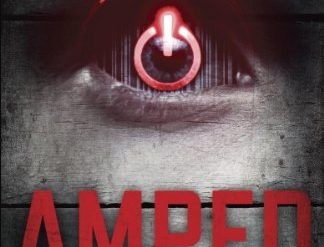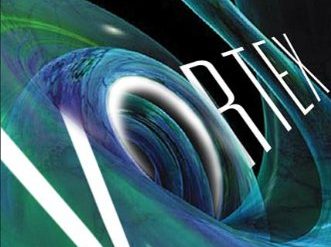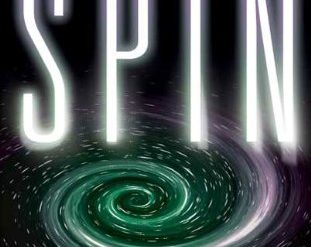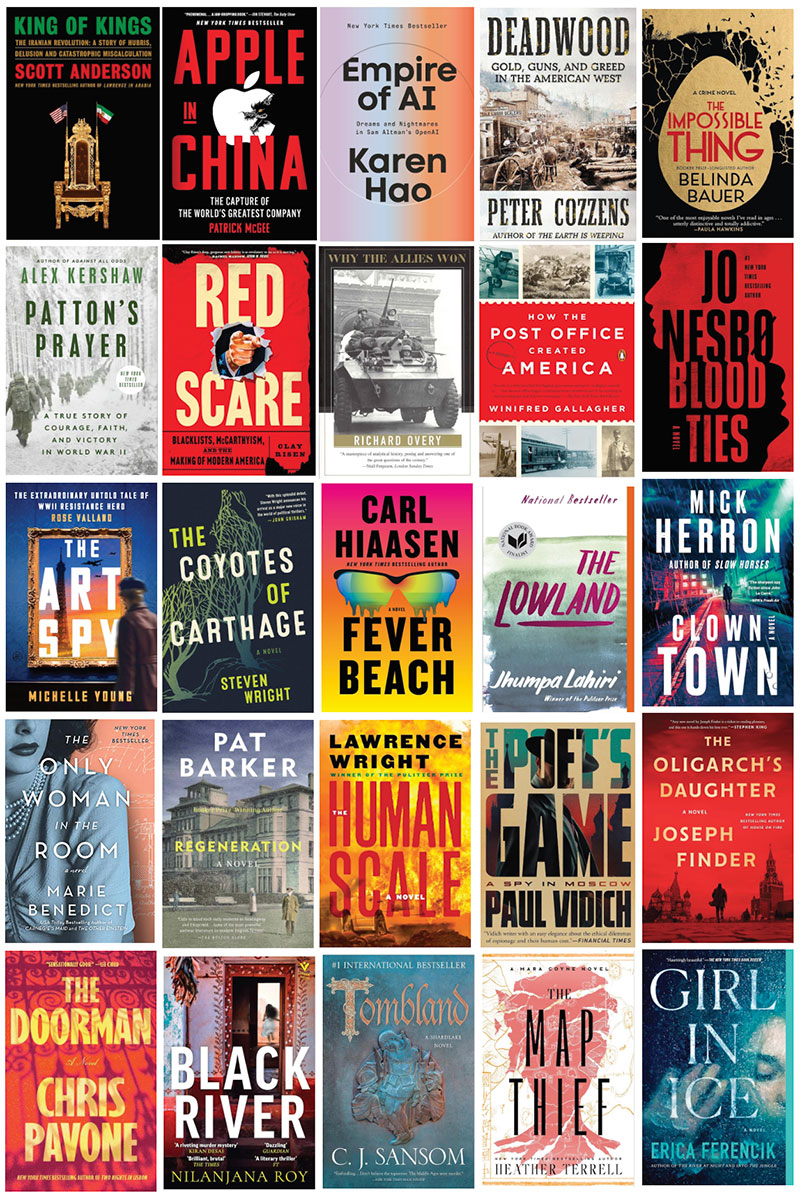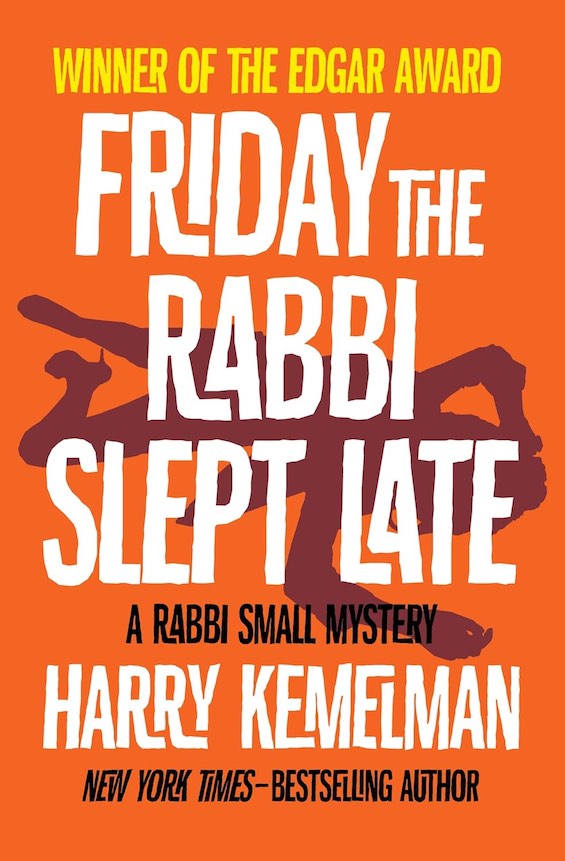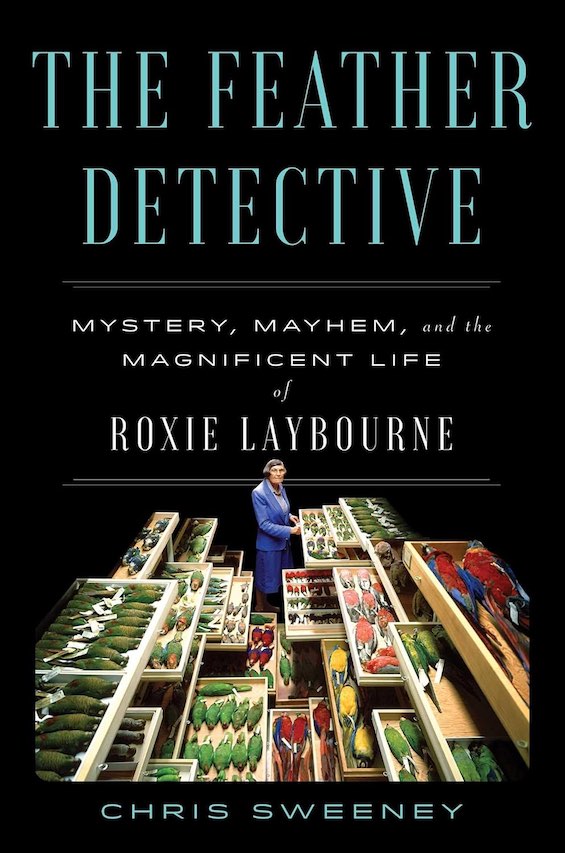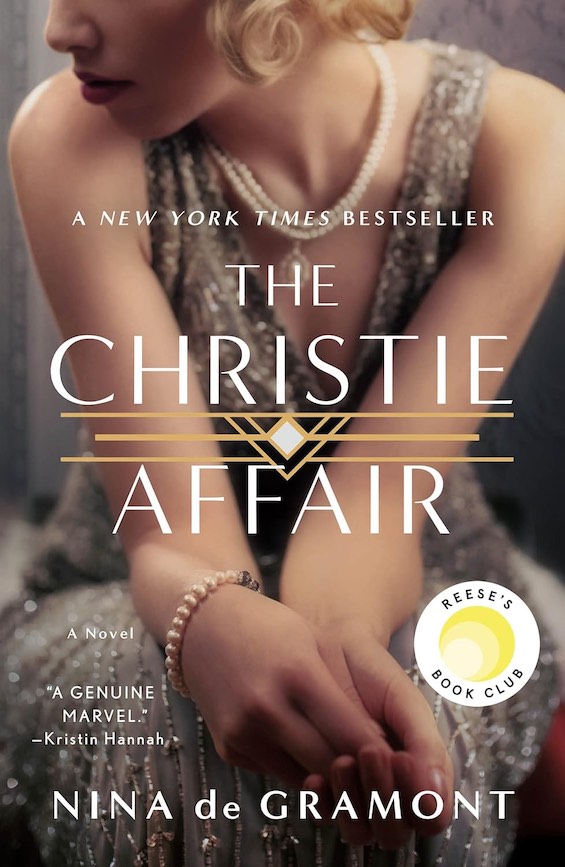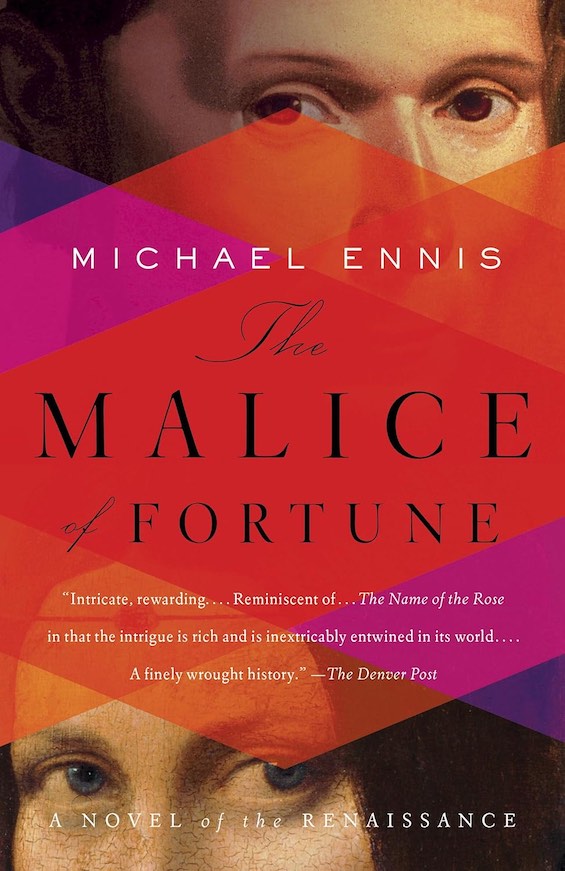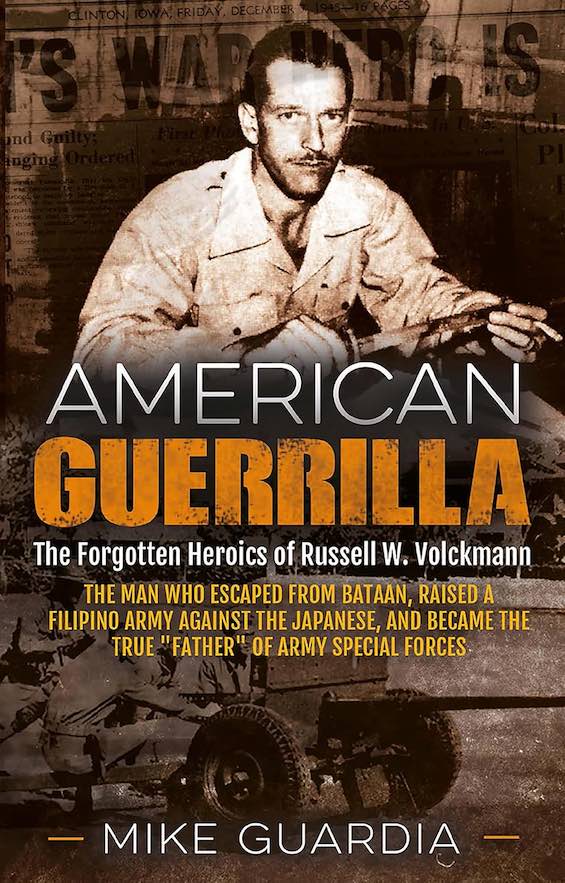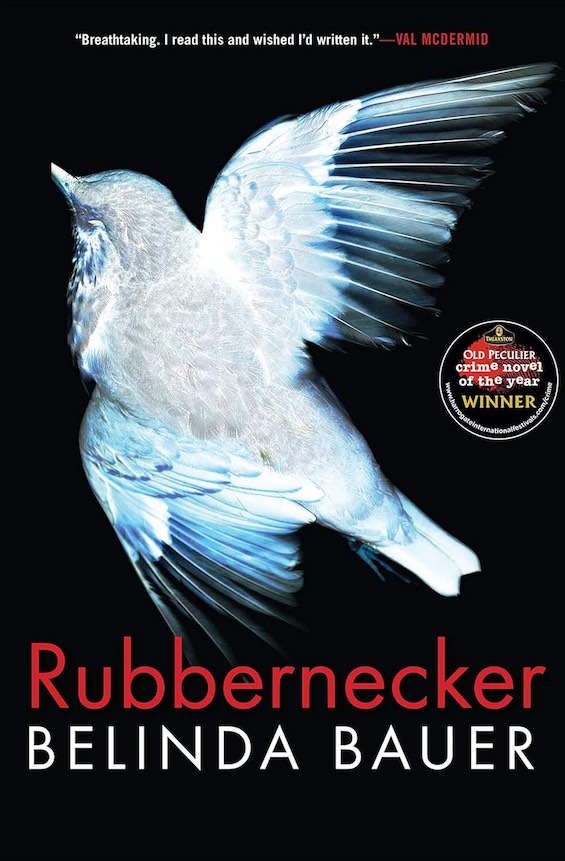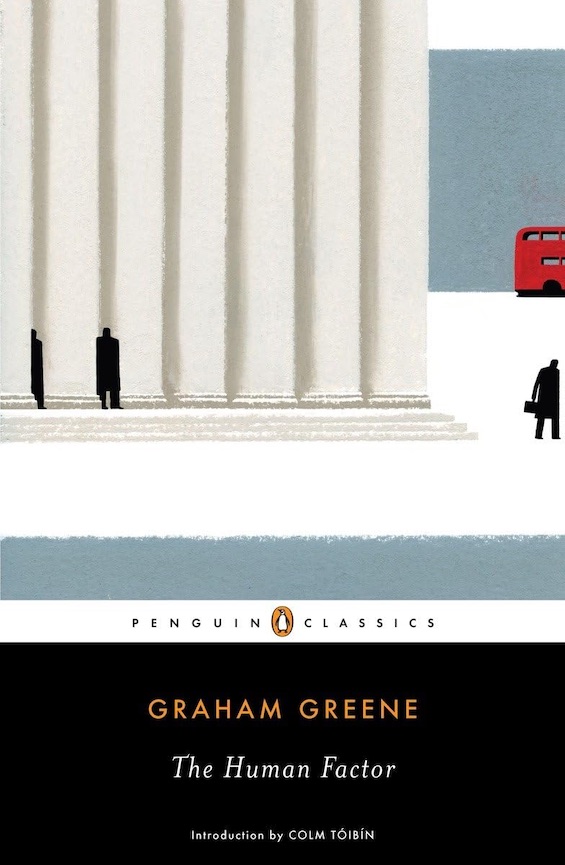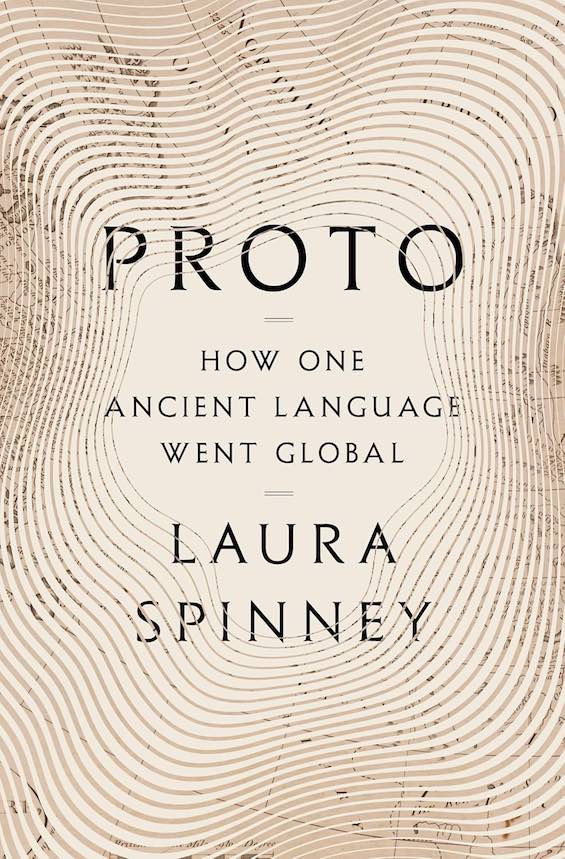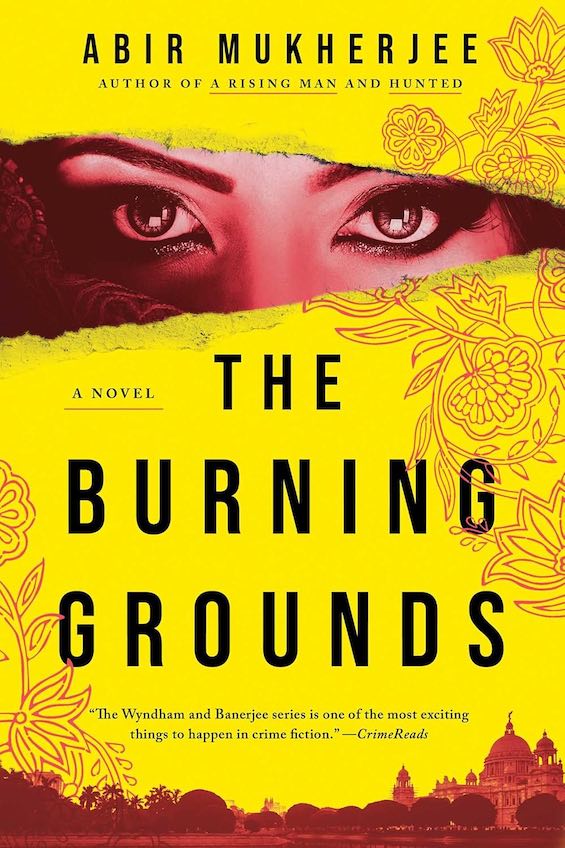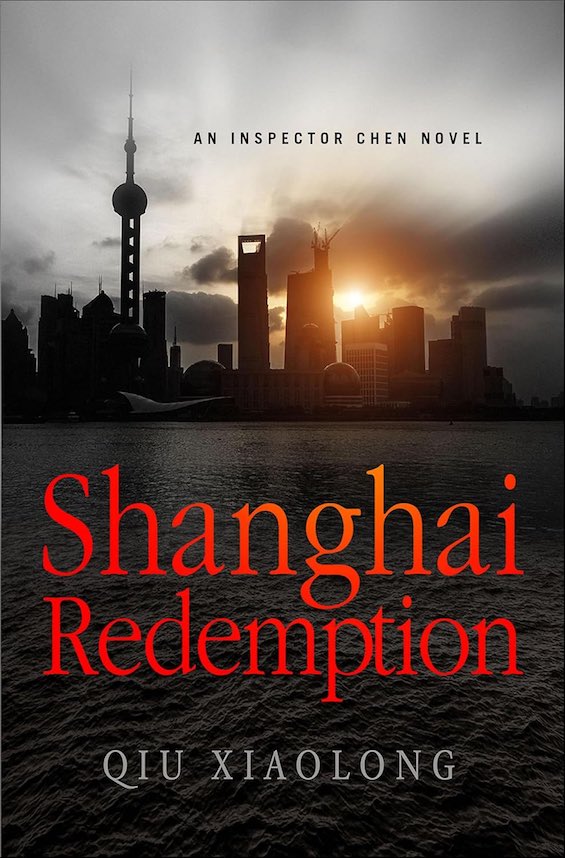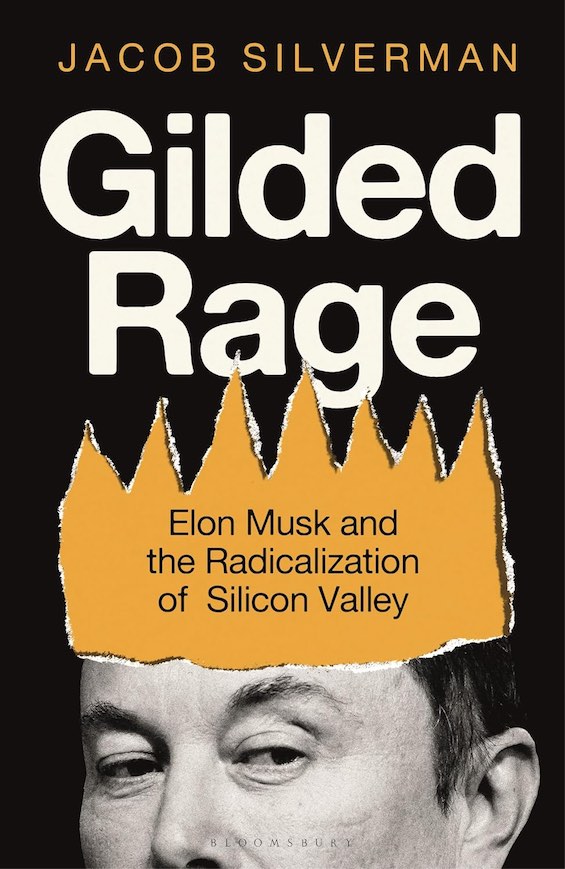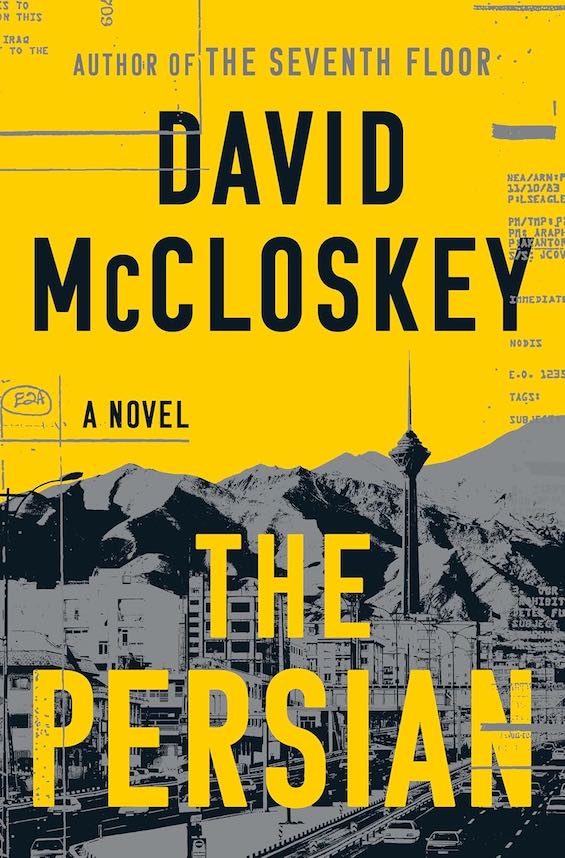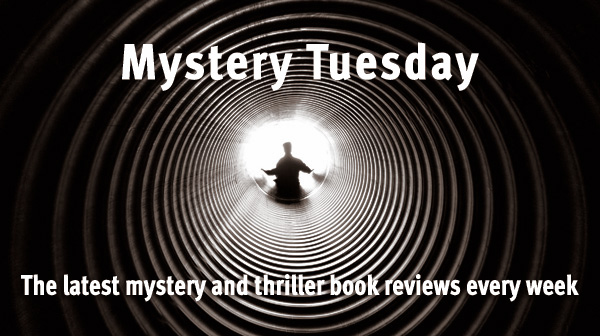Writers have to earn a buck to put food on the table. Once they’re well established as professionals, some grab the opportunity to contract with a deceased author’s estate to continue a best-selling series or use some of its characters in works of their own. And the Australian science fiction author Peter Cawdron followed that course with an authorized short story featuring Kurt Vonnegut and characters he presented in his most famous novel. Later, disguising the connections to Vonnegut, he expanded that story into a short book called Dark Beauty. “Dark Beauty is a tribute to Kurt Vonnegut’s Slaughterhouse-Five: The Children’s Crusade,” he writes, “a science fiction novel written to deconstruct the Hollywood myth of the war hero.” Cawdron uses the platform to explore the wider dimensions of that myth in a story that piggybacks on the familiar sci-fi trope of humans trapped in an alien zoo.
By the way, just to be clear, I’m certain Cawdron did not enter into this project in hopes of making money. A 100-page novella, much less the short story that spawned it, is unlikely to sell in huge numbers. No doubt, as he intimates in his author’s note at the conclusion of the book, he greatly admires Kurt Vonnegut (as do I) and sincerely wished to honor his memory.
Cleverness aside, the novel has its flaws
Cawdron’s story works. It’s typically well written, carefully paced, and thoughtful. Unfortunately, his efforts to disguise the Vonnegut connection are clumsy. Vonnegut himself becomes “Kurt Nobody.” The hero of Slaughterhouse-Five, Billy PIlgrim, is Billy Crusader. Billy’s mate in the alien zoo is Dakota Monroe, not Montana Wildhack. I found the obvious distortions to be distracting. Also, to ground the tale on Earth, Cawdron uses not just Billy’s flashbacks to the fire-bombing of Dresden, the central scene in Vonnegut’s novel, but introduces a pair of reporters on a newspaper back home. That doesn’t quite gel for me. Otherwise, as I’ve intimated, the novella is a fun read.
Dark Beauty (First Contact #29) by Peter Cawdron (2025) 105 pages ★★★★☆
Reflections on philosophy
While Vonnegut’s novel centers on the firebombing of Dresden, Cawdron introduces another, later example of the senselessness of war: the My Lai massacre in Vietnam, when a small detachment of US Army soldiers systematically murdered more than 500 Vietnamese villagers. And he showed that they would have killed another 1,000 or more if a courageous group of soldiers from another unit hadn’t intervened to stop them. The references to this heinous act broaden the anti-war argument that is at the heart of both novels. And together that might have made the point perfectly well.
However, Cawdron doesn’t let the story get the point across. Billy’s ruminations on the mindless cruelty of war, and the aliens’s incomprehension about the insanity of a species so easily driven to violence, afford him the opportunity to explore the broader philosophical implications for humanity at large. Cawdron comes across, as he does so often as a philosopher masquerading as a science fiction author. I’m sure many if not most of his fans enjoy that. But I’d often prefer he just told a story.
A summary of the Vonnegut novel on which Dark Beauty is based
Just for the record, I asked Claude-AI Sonnet 4 to summarize Kurt Vonnegut’s novel in about 300 words. The result follows, interrupted only by the subheads I’ve added to break up the text. As you can see below, there are major elements in the two stories that do not match in any meaningful way. This demonstrates that Peter Cawdron has created an almost entirely original story.
A darkly comic anti-war novel
“Slaughterhouse-Five” is Kurt Vonnegut’s darkly comic anti-war novel that follows Billy Pilgrim, an optometrist and World War II veteran who becomes “unstuck in time.” Billy experiences his life non-linearly, jumping between his childhood, war experiences, post-war suburban life, and encounters with aliens called Tralfamadorians.
The novel’s central event is Billy’s experience as a prisoner of war during the Allied bombing of Dresden in 1945, where he witnesses the destruction of the city and its civilian population. Vonnegut, who was himself a POW in Dresden, draws from his own traumatic experiences to create this haunting narrative.
Billy’s time-traveling episodes reveal his entire life simultaneously: his unhappy marriage to Valencia, his successful but unfulfilling career, his survival of a plane crash, and his alleged abduction by Tralfamadorians to their planet Tralfamadore. The aliens teach Billy their philosophy that all moments exist eternally, making free will an illusion and death merely a transition between moments.
A familiar refrain in Vonnegut’s writing
The novel’s famous refrain “So it goes” appears after every mention of death, emphasizing the inevitability and randomness of mortality while highlighting Vonnegut’s fatalistic worldview. This phrase becomes a literary device that both acknowledges tragedy and suggests acceptance of life’s absurdities. [Note: Cawdron uses a similar device in Dark Beauty.]
Through Billy’s fragmented narrative, Vonnegut explores themes of trauma, the meaninglessness of war, the illusion of free will, and the human struggle to find purpose in an indifferent universe. The novel’s science fiction elements serve as metaphors for dealing with psychological damage and the inability to process overwhelming experiences.
“Slaughterhouse-Five” stands as both a powerful condemnation of war’s senseless destruction and a meditation on time, memory, and survival. Vonnegut’s blend of dark humor, philosophical inquiry, and autobiographical elements creates a unique work that captures the absurdity of human existence while offering a compassionate view of those damaged by forces beyond their control.
About the author
Peter Cawdron‘s bio on Amazon reads in part as follows: “Peter is a New Zealand/Australian science fiction writer specializing in making hard science fiction easy to understand and thoroughly enjoyable. His First Contact series is topical rather than character-based, meaning each book stands alone. These novels can be read in any order, but they all focus on the same topic of First Contact with extraterrestrial lifeforms. In this regard, the series is akin to Black Mirror or The Twilight Zone.”
For related reading
This is the latest entry in Peter Cawdron’s insightful First Contact book series.
For more good reading, check out:
- The five best First Contact novels
- These novels won both Hugo and Nebula Awards
- The ultimate guide to the all-time best science fiction novels
- The top science fiction novels
- 10 new science fiction authors worth reading now
- The 10 best time travel novels
And you can always find the most popular of my 2,300 reviews, and the most recent ones, on the Home Page.





